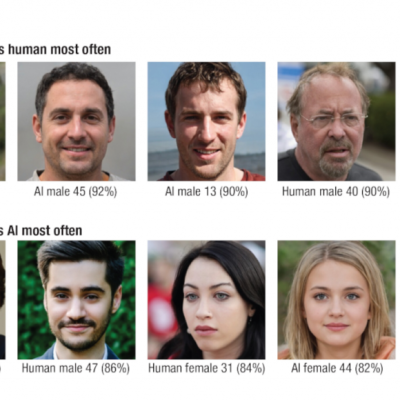A new artificial intelligence (AI) developed by researchers at the University of Chicago can predict future crimes with 90% accuracy one week in advance by analyzing temporal patterns and geographic locations from public data on violent and property crimes. The AI was tested using historical crime data from Chicago, focusing on two broad categories of reported incidents: violent crimes and property crimes. The researchers found that previous approaches to crime prediction, which used epidemic or seismic models, neglected the complex social landscape of cities and did not consider the relationship between crime and the effects of police enforcement. The new algorithm, on the other hand, examines crime by considering the timing and spatial coordinates of individual events and recognizing patterns to predict future incidents.
The AI divides the city into spatial units of about 300 meters in diameter and predicts crime within these areas, rather than relying on traditional neighborhood or political boundaries that may also be biased. The researchers also analyzed police response to crime by examining the number of arrests after incidents and comparing these rates in neighborhoods with different socioeconomic statuses. They found that crime in wealthier areas led to more arrests, while arrests in disadvantaged neighborhoods decreased. Crime in poorer neighborhoods, however, did not lead to more arrests, indicating bias in police response and enforcement.
Despite its high accuracy, the researchers caution against using the AI to proactively monitor neighborhoods. Instead, they suggest integrating it into a collection of urban policies and police strategies to combat crime. The AI can be used as a simulation tool to see how the system develops when different variables are applied, such as when crime increases in one area of the city or when enforcement is increased in another area. Overall, the new AI offers a new perspective on neighborhoods, allowing for innovative questions and evaluations of police action in new ways.










